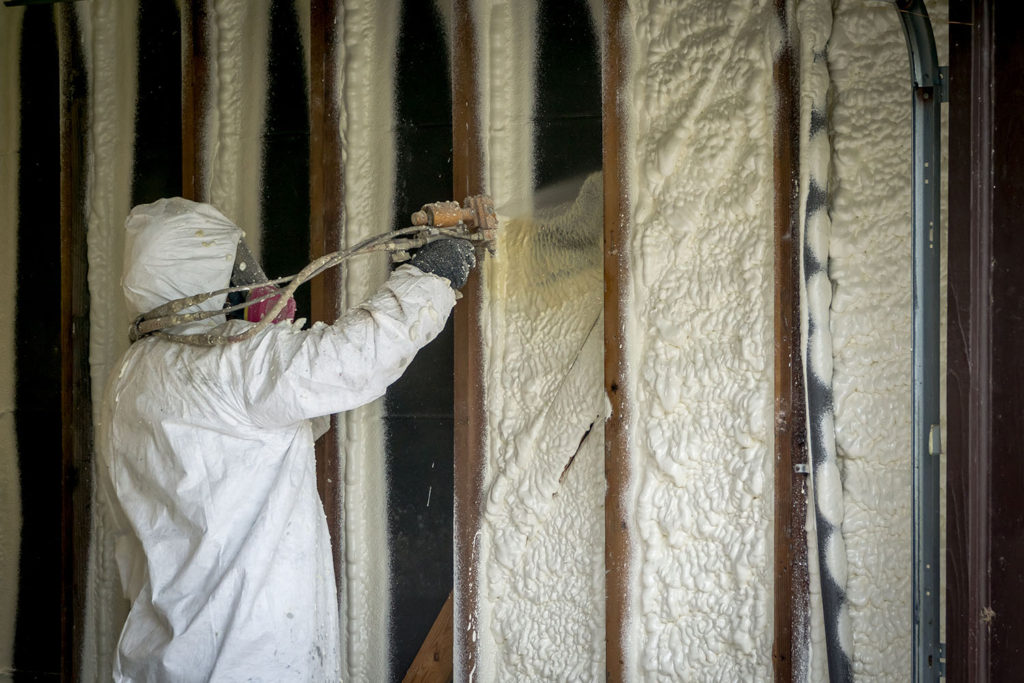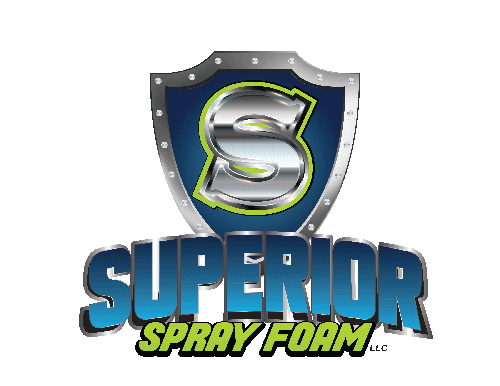Using SPF to address various IRC Building Codes

While the immediate and long-term performance attributes, flexibility of use and various types of foaming insulation make a strong case for using the insulation material in residential and commercial construction, how does it address the ever-changing building codes?
Today, each of the 50 states follows a different set of building codes making navigating these codes confusing, particularly for architects or builders that have projects in multiple states. In some cases, the building code changes significantly between the state and certain cities or counties within the state. For example, at the time of writing Arizona had adopted the 2015 IRC Building Code, however, Phoenix was on the 2012 IRC, IBC and IECC code. With the majority of states either on the 2009, 2012 or 2015 code, below are some high-level points to consider and about how spray foam insulation contributes.
2009 IRC Building Code
- Houses built under this code are required to be 15% more energy efficient than the 2006 Building Code
- Prescriptive requirements call for higher insulation levels in most building elements in virtually every climate zone
- This is the first code that prescriptively calls for a home to meet a defined air tightness standard, though no testing is required
- Visual inspection is required for all areas of the house that need air sealing and thermal insulation spray foam can typically attain 8-9% of the needed energy reduction by sealing the house in hard to reach areas
2012 IRC Building Code
- House built under the 2012 Building Code are required to be 30% more energy efficient than the 2006 Building Code
- 2012 Building Code also requires higher insulation levels in many climate zones and introduces “continuous insulation” requirements on the exterior walls in several colder zones
- Homes in Climate Zones 1 to 2 must have an Air Tightness 5 ≤ Air Changes per Hour @ 50 Pascals while homes in Climate Zones 3 to 8 must have an Air Tightness 3 ≤ Air Changes per Hour @ 50 Pascals
- Spray foam insulation easily and reliably achieves 3 Air Changes per Hour @ 50 Pascals
2015 IRC Building Code
- The 2015 IRC Building Code introduces the Energy Rating Index (ERI) number as a measure of overall building energy efficiency and sets an ERI target for performance in each climate zone
- Spray foam insulation still is considered the most economical method to attain the Air Tightness Requirement of 3/5 ACH and lowest ERI
Whether your building is old or new, everyone will benefit from the advantages of spray foam insulation.
Even though the initial investment is bigger than other types of insulation, it actually saves you money on your bills.
